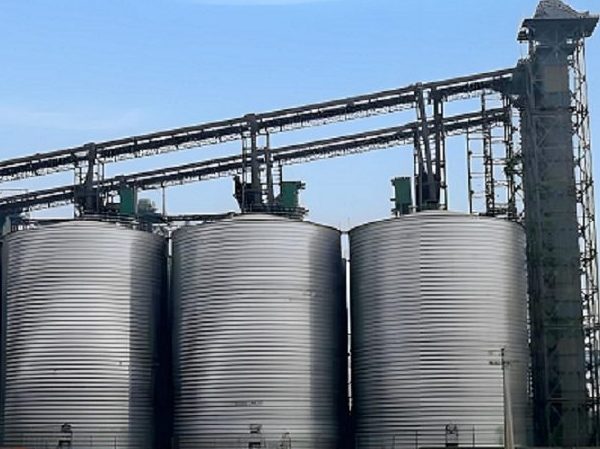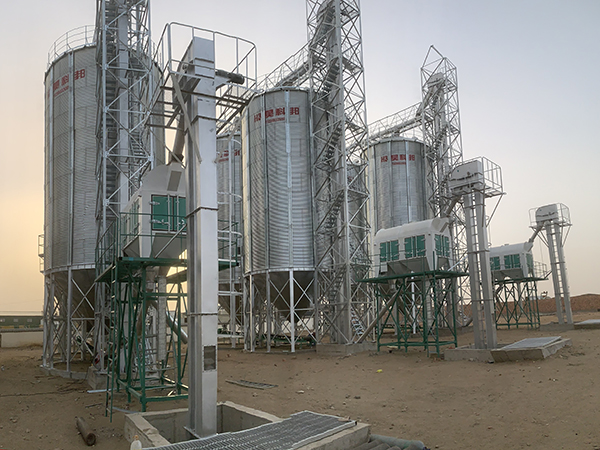What parts make up the 10000-ton silo structure
The 10,000-ton silo structure comprises a reinforced concrete base, steel walls, and a ventilated roof, with bolted connections ensuring stability. It features an efficient discharge system, strategic loading/unloading points, internal reinforcements, and integrated dust control measures for optimal material storage and environmental safety.
- Barley grain bin company in Tanzania
- rice grain bin factory in Rwanda
- Paddy grain bin supplier in Guinea
- Wheat Cone-Bottom Silo Franchise in Thailand
- Wheat cone bottom silo procurement in Thailand
- Wholesale Wheat Cone-Bottom Silo in Malaysia
- Manufacturers of Wheat Cone-Bottom Silo in Malaysia
- Wheat Cone-Bottomed Silo Suppliers in Uganda
- Cone-Bottom Wheat Silo Sales in Uganda
- Wheat cone bottom silo price in Uganda
- Soybean meal grain bin sale in Guinea
- Corn grain bin price in Libya
The 10000-ton silo structure mainly consists of three parts: the base, the body, and the roof, along with some supporting facilities.
Silo base
The base of the 10000-ton silo is the foundation of the entire structure. Its stability is crucial for the safety of the silo. Typically made of reinforced concrete, it offers high strength, durability, and extends underground for adequate support, preventing structural damage from uneven ground settlement.
Silo walls
The walls or shell of the silo are the main body of the 10000-ton silo . They must withstand significant lateral pressures from the weight of stored materials and environmental factors like wind and earthquakes. The choice of steel for silo walls is preferred for its high strength and durability.


Roof
The roof design of the 10000-ton silo is equally important. It must protect materials from natural elements such as rain and direct sunlight and adapt to temperature changes to prevent moisture or overheating. Roofs are usually made of durable materials like steel and are integrated with ventilation systems to enhance storage conditions.
Bolted connections
During construction, the connection method between components is vital for the silo’s stability. Bolted connections facilitate quick assembly and allow for easy maintenance and modification in the future.
Discharge system
The discharge system is a core component of the 10000-ton silo structure, located at the base for efficient material unloading. The auger sweeper, an automated device, thoroughly cleans residual material at the bottom, ensuring no material is left behind.
Loading and unloading
For quick material loading and unloading, the design of the silo’s entry and exit is crucial. These structures are designed to interface with conveyor systems, enabling rapid material movement, increasing efficiency, and reducing reliance on manpower.


Reinforcement
Stability is a primary design consideration for the 10000-ton silo structure. Internal or external support structures, such as column reinforcements, are used to enhance stability, allowing the silo to better resist lateral loads from material accumulation and potential wind and seismic forces.
Ventilation system
To maintain the quality of stored materials, the 10000-ton silo is equipped with a ventilation system. It controls air movement within the storage environment, regulating temperature and humidity, and preventing material spoilage.
Dust control
Dust control is an essential aspect of the 10000-ton silo structure design. Effective measures prevent dust dispersion into the environment, reducing air quality impact, and enhancing silo safety by reducing fire risks.








